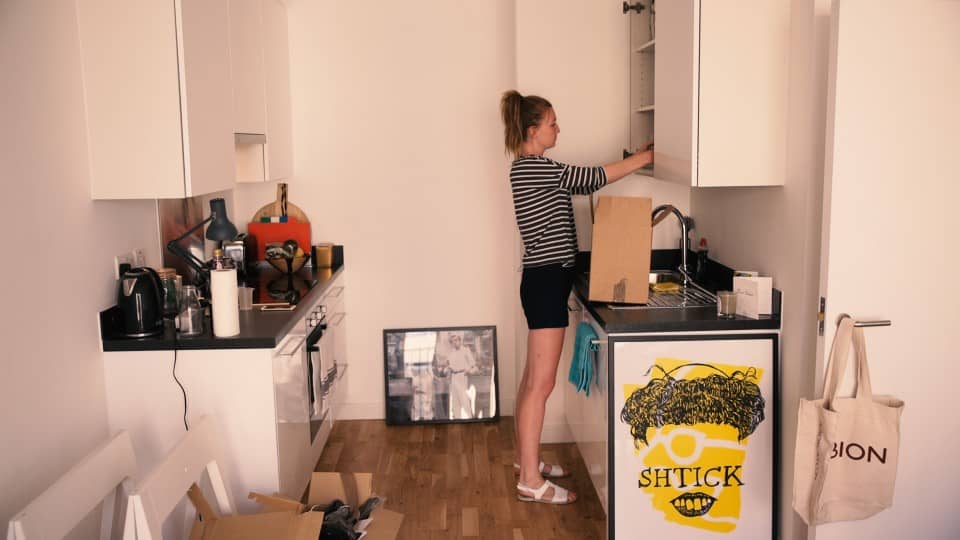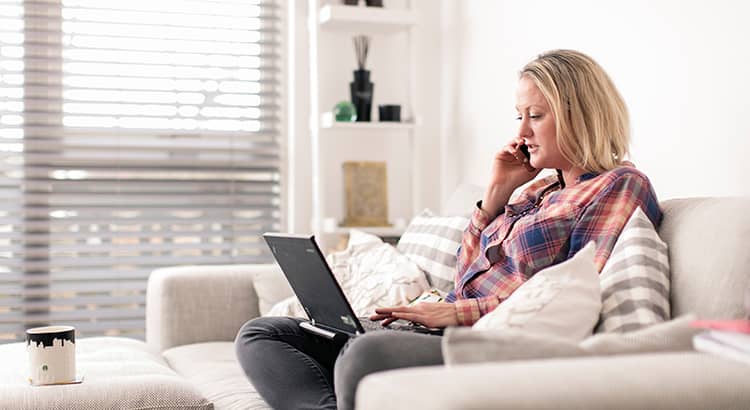First time buyers may qualify for a stamp duty exemption, with some getting a reduced rate and some not having to pay the tax at all. We know the ins and outs can be a bit confusing, so we’re breaking it down for you to understand how much you can actually save.
The move was introduced by the government in November 2017 in a bid to help more people get onto the property ladder.
What is stamp duty?

Stamp duty is the tax you pay to the government when you purchase a residential property in England and Northern Ireland. Scotland and Wales have their own systems.
Stamp duty is charged on a progressive basis, meaning you pay the tax at different rates on different portions of a property’s value.
What are the normal stamp duty rates?

No stamp duty is charged on the first £125,000 of the purchase price, with a rate of 2% charged on the portion between £125,001 and £250,000.
The rate then increases to 5% on the portion of the purchase price between £250,001 and £925,000, and 10% on the portion between £925,001 to £1.5m.
It is then charged at 12% on sums above £1.5m.
- £0 – £125,000 = 0%
- £125,001 – £250,000 = 2%
- £250,001 – £925,000 = 5%
- £925,000 – £1,500,000 = 10%
- £1,500,000+ = 12%
So, for example, if you bought a property costing £250,000, you would pay 0% on the first £125,000 of your property and 2% on the remaining £125,000. This would make your total stamp duty bill £2,500.
If you bought a property costing £500,000, you would pay 0% on the first £125,000, 2% on the next £125,000 (£2,500) and 5% on the remaining £250,000 (£12,500). So your total stamp duty bill would be £2,500 plus £12,500, which equals £15,000.
Stamp duty must be paid within 14 days of the completion of your purchase.
What is the first time buyer stamp duty exemption?

Under the first time buyer stamp duty exemption, people purchasing their first home do not have to pay the tax on the first £300,000 of their property purchase, as long as the total price of their home does not exceed £500,000.
So, unlike regular buyers who are liable for the tax on property purchases costing more than £125,000, stamp duty does not kick in for first time buyers until £300,000.
What are the stamp duty rates for first time buyers?
- First time buyers pay zero stamp duty on homes worth up to £300,000.
- They then pay 5% stamp duty on homes costing between £300,001 and £500,000 – but only on the slice of the purchase price above £300,000.
- They pay stamp duty like any other buyer on homes that cost more than £500,000, which means the tax would kick in at £125,000 (as shown above).
For example, a first time buyer purchasing a property costing £250,000 would not pay any stamp duty at all.
A first time buyer purchasing a home for £350,000 would only pay the 5% stamp duty on the £50,000 over the £300,000 threshold. So they would pay 5% of £50,000, which equals £2,500.
This compares with the £7,500 stamp duty that next time buyers will have to pay once the stamp duty holiday ends.
Use HMRC’s stamp duty calculator to work out exactly how much you will have to pay.
If this article has made you want to start your journey to homeownership, have a look at the first time buyer properties we have for sale in Croydon and Barking, and coming soon in Walthamstow.
Also, don’t forget to register for a My Pocket account to ensure you receive the latest updates on our homes.
